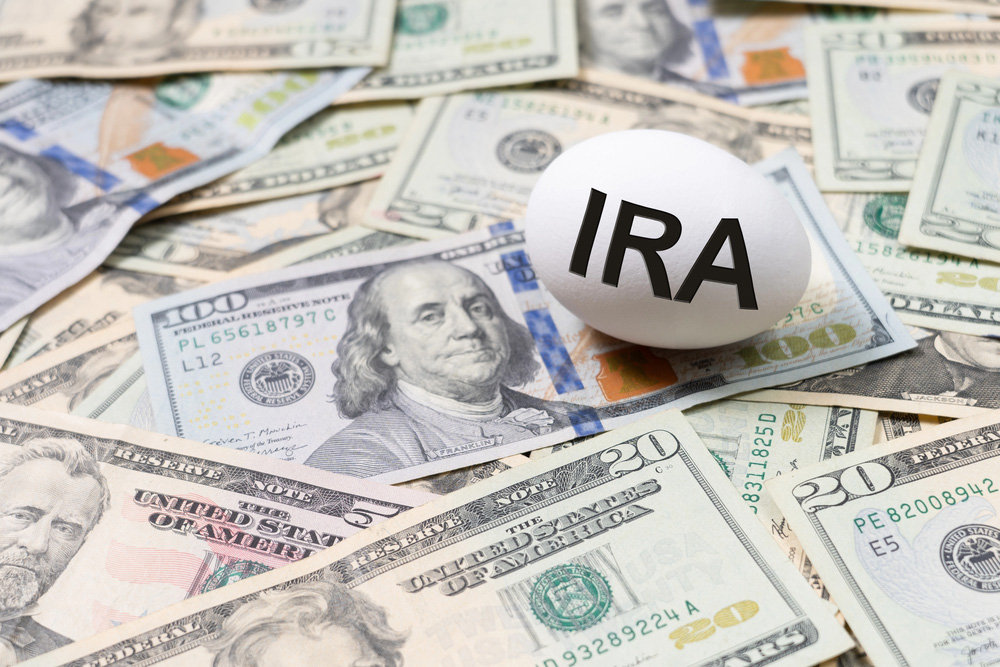Retirement planning involves various account options, and one that often raises questions is the non-deductible IRA. Unlike traditional IRAs, which allow tax-deductible contributions under certain income limits, a non-deductible IRA requires after-tax contributions.
While this might seem less appealing at first, it offers unique benefits that can be instrumental in a complete retirement strategy.
How a Non-Deductible IRA Works
A non-deductible IRA functions similarly to a traditional IRA in terms of contribution limits and investment choices. However, since contributions are made with post-tax dollars, they do not reduce taxable income in the year they are made.
Earnings within the account grow tax-deferred, meaning taxes on gains and dividends are not owed until withdrawals begin in retirement.
Upon retirement, withdrawals are subject to income tax on earnings, while the original contributions can be withdrawn tax-free.
This structure makes non-deductible IRAs a useful option for high-income earners who exceed traditional IRA deduction limits but still wish to take advantage of tax-deferred growth.
Benefits of a Non-Deductible IRA
One of the main advantages of a non-deductible IRA is its accessibility. Unlike Roth IRAs, which impose income limits on contributions, a non-deductible IRA is available to all earners.
This means individuals who cannot contribute directly to a Roth IRA due to income restrictions may still grow retirement savings tax-deferred.
Another major benefit is the ability to convert funds into a Roth IRA later. Since non-deductible IRAs contain after-tax contributions, converting to a Roth IRA can be a tax-efficient move.
This strategy, often referred to as a “backdoor” Roth IRA, allows high-income individuals to bypass Roth IRA income limits while still taking advantage of tax-free withdrawals in retirement.
Non-Deductible IRA Contributions in Detail
When making a non-deductible IRA contribution, it is imperative to keep track of the basis or the total amount of contributions made with after-tax dollars. The IRS requires accurate record-keeping to prevent double taxation when withdrawing funds in retirement.
Failing to document contributions properly may result in unnecessary taxes on previously taxed dollars.
The IRS Form 8606 is used to report non-deductible IRA contributions. Properly filing this form each year helps to guarantee that contributions are correctly accounted for and that taxes are only paid on the earnings portion of withdrawals.
Without this documentation, the entire withdrawal amount could mistakenly be taxed as ordinary income.
Comparing Non-Deductible IRAs to Other Retirement Accounts
When evaluating retirement options, it is useful to compare a non-deductible IRA to other accounts such as traditional IRAs, Roth IRAs, and self-directed IRAs.
A traditional IRA offers tax-deductible contributions for those under certain income thresholds, making it appealing to individuals looking for immediate tax relief. Roth IRAs, on the other hand, provide tax-free withdrawals in retirement but impose income limits that restrict eligibility.
For investors interested in greater flexibility, self-directed IRAs expand investment choices beyond standard stocks and bonds. These accounts allow for alternative investments such as real estate, private equity, and precious metals, providing opportunities for diversification.
Although non-deductible IRAs do not offer the same broad investment options as self-directed IRAs, they still serve as a useful retirement savings vehicle for high-income individuals who want to maximize tax-deferred growth.
Potential Drawbacks of a Non-Deductible IRA
Despite its advantages, a non-deductible IRA is not the best fit for everyone. One drawback is that contributions do not lower taxable income in the year they are made. For individuals in search of immediate tax savings, a traditional IRA or employer-sponsored plan such as a 401(k) may be more beneficial.
Another thing to think about is the taxation of earnings upon withdrawal. While contributions can be withdrawn tax-free, any earnings are taxed as ordinary income.
On the other hand, Roth IRAs allow tax-free withdrawals of both contributions and earnings, making them more attractive for long-term tax efficiency.
However, the Roth IRA’s income restrictions may make the non-deductible IRA a good alternative for high-income earners who want to use tax-deferred growth.
How a Non-Deductible IRA Fits into an Investment Strategy
A non-deductible IRA can be particularly useful for individuals who have maxed out other tax-advantaged retirement accounts and are looking for additional ways to save.
By contributing to a non-deductible IRA and later converting it to a Roth IRA, investors can build a tax-efficient retirement strategy.
Those planning for long-term wealth preservation may also consider incorporating a Nevada asset protection trust. This legal tool shields assets from potential creditors and lawsuits, adding an extra layer of security to retirement funds.
Combining retirement accounts with asset protection strategies creates a more complete financial plan.
Who Should Consider a Non-Deductible IRA?
A non-deductible IRA is particularly valuable for:
- High-income earners who are ineligible for Roth IRA contributions
- Individuals who want to take advantage of tax-deferred investment growth
- Investors considering a future Roth IRA conversion
- Those who have already maxed out employer-sponsored plans and want additional retirement savings
For these individuals, a non-deductible IRA serves as a useful tool for accumulating retirement savings while maintaining tax advantages.
What Do Custody and Escrow Services Have to Do with Retirement Planning?
Managing retirement assets requires careful oversight, and custody and escrow services can help protect funds from mismanagement. These services help to make sure that assets are properly held, documented, and distributed according to legal and financial guidelines.
When dealing with multiple investment accounts, professional custodial services provide security and transparency, reducing risks associated with improper handling.
For investors using self-directed IRAs or planning complex estate transfers, having a reliable custodian can simplify asset management and safeguard retirement funds. Proper custody arrangements can also assist in executing Roth conversions efficiently, better guaranteeing compliance with IRS regulations.
Our Expertise in Wealth Management and Retirement Solutions
At Nevada Trust Company®, we are fully aware that retirement planning involves careful consideration of a variety of strategies, including the use of non-deductible IRAs.
Though these accounts do not offer immediate tax deductions, they can be a valuable tool for high-income earners who are unable to contribute directly to a Roth IRA.
The tax-deferred growth and potential for Roth IRA conversions can be part of a broader, more all-inclusive wealth management strategy.
As a leading provider of professional trustee and custody services, Nevada Trust Company® offers expertise in asset protection trusts, wealth management, and retirement solutions.
Our team of dedicated professionals works closely with clients to design new financial strategies that line up with their unique needs. We also provide integrated solutions, market intelligence, and governance, so that every client receives the best possible advice and oversight.
Reach out to us today to find out how we can help with your retirement planning and asset protection.





